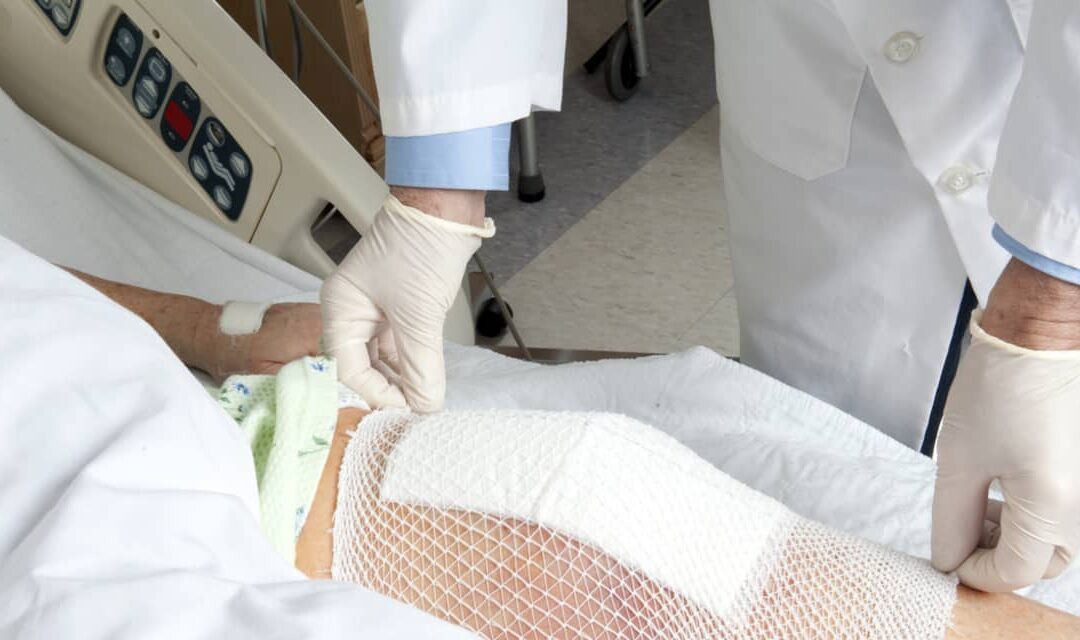Shares of Stryker Corp.
SYK,
Boston Scientific Corp.
BSX,
and other medical-technology companies jumped Wednesday as sustained demand for medical procedures brightened investors’ outlook on the device makers.
Stryker shares gained more than 7% Wednesday after the company on Tuesday reported fourth-quarter earnings and sales that topped analysts’ expectations and gave upbeat guidance for 2024 results. “Procedure volumes are strong,” Stryker CEO Kevin Lobo said on a call with analysts Tuesday. “We have exited the year with more backlog than we began the year.”
Boston Scientific on Wednesday also reported fourth-quarter results that beat analysts’ estimates. The healthy procedure volumes are expected to continue in 2024, CEO Michael Mahoney said on a call with investors Wednesday, adding that the company expects adjusted earnings per share growth of 9% to 11% for the full year. The stock was up 3.7% Wednesday afternoon.
The renewed enthusiasm for medical technology also buoyed shares of Edwards Lifesciences Corp.
EW,
which gained more than 7% Wednesday, and Zimmer Biomet Holdings Inc.
ZBH,
which climbed about 3%. Both companies will report quarterly results next week.
The medical-device makers are profiting from patients’ growing use of the healthcare system, after delaying many hip and knee surgeries and other procedures during the pandemic. The trend has lately been a major headwind for shares of health insurers like Humana
HUM,
and UnitedHealth Group Inc.
UNH,
As managed-care companies stagger under higher medical costs, Cigna Group
CI,
said earlier Wednesday that it has agreed to sell its Medicare Advantage business.
Stryker, meanwhile, is benefiting from an aging population that is also interested in losing weight and becoming more active, creating waiting lists for orthopedic surgeries and other procedures, Lobo said on the call Tuesday.
“The advent of pickleball has been a terrific thing for our business,” Lobo said on the call. “More active people who are elderly tend to want to stay active,” he said, and activity levels are the biggest predictor of demand for joint replacements and sports medicine procedures.









